Could be... but the confidence level with that guess, or speculation, was never all that high.I still think you hit it with euro hornbeam.
*

Could be... but the confidence level with that guess, or speculation, was never all that high.I still think you hit it with euro hornbeam.
I'd say the confidence level is now higher. Zoom in on your leaf pic compared to the ones Kodiak posted.Could be... but the confidence level with that guess, or speculation, was never all that high.
*
The leaf is a real ringer for rock elm...
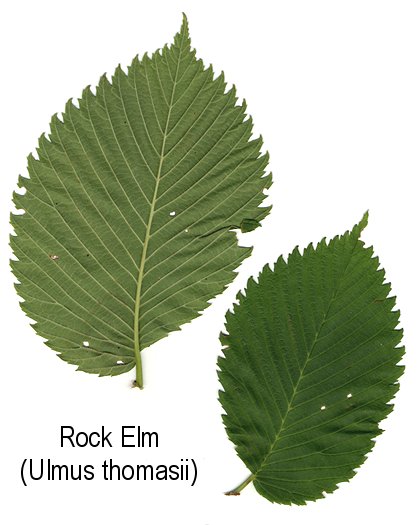
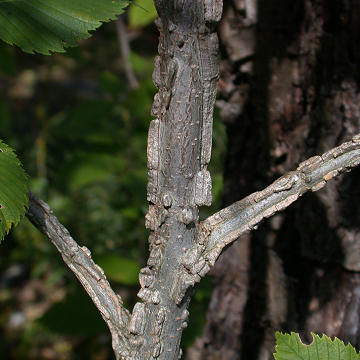
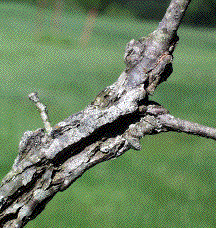







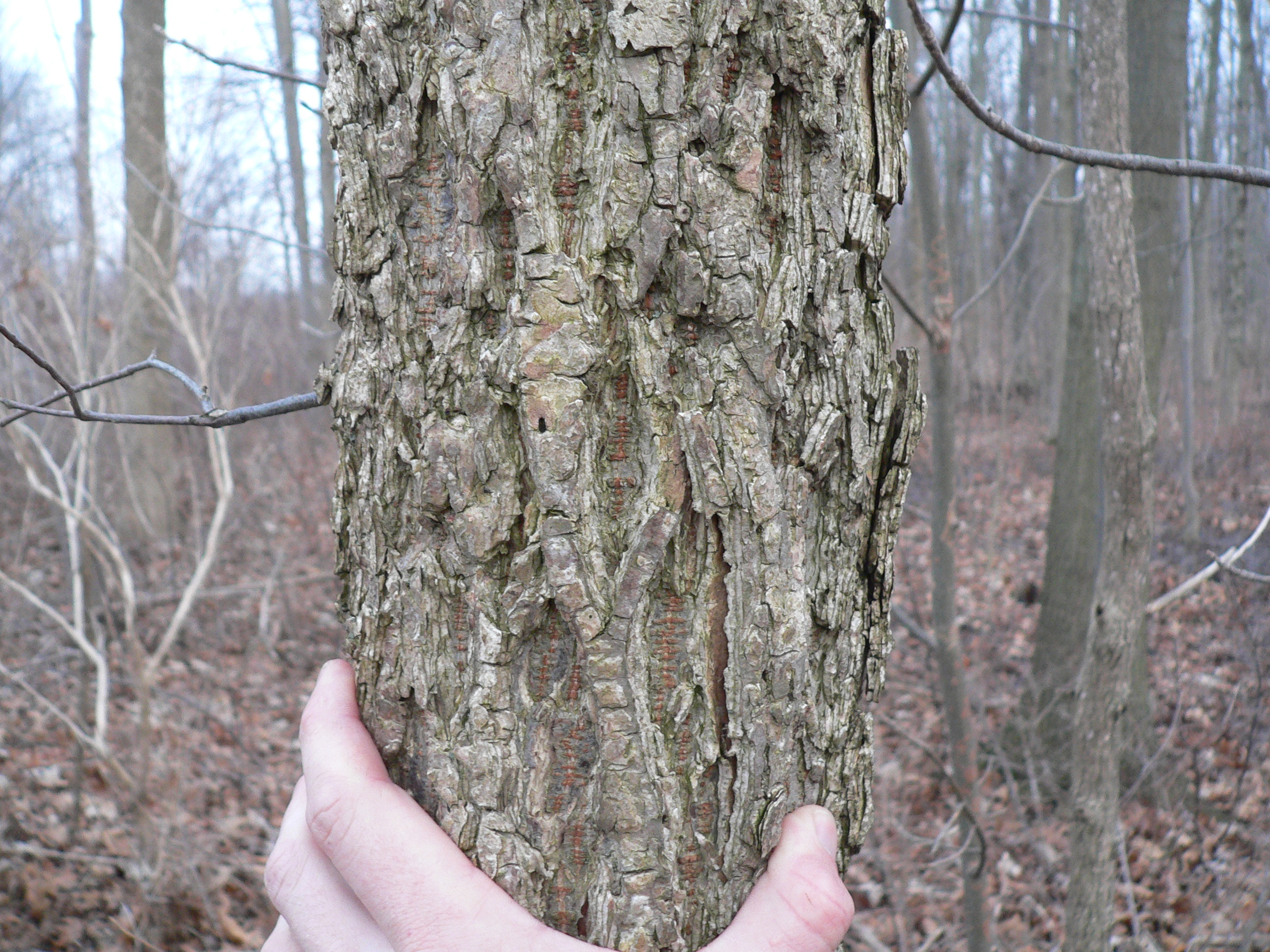

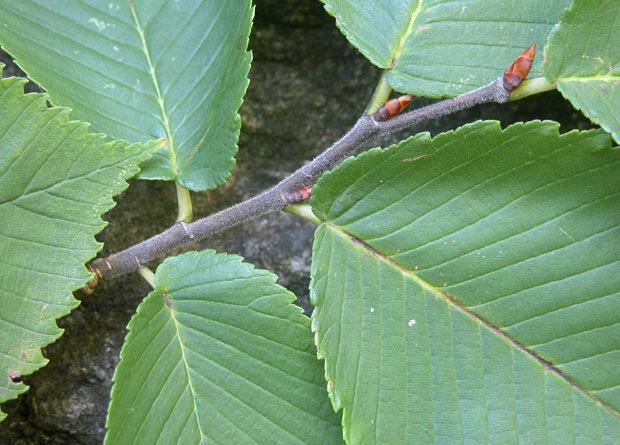
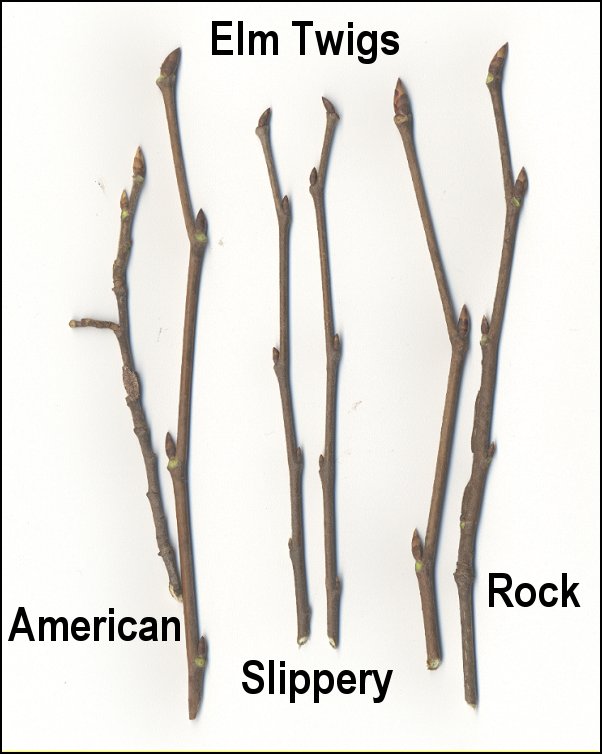
WS thanks for hooking us up with the Don Leopold channel.
@haveawoody ,
That bark is no different than the Rock Elm we have here.
As to your picture of the leaves...
Your picture shows early season, immature leaves, quite evident by the green twig, lack of prominent buds, and the perfect bright green condition of the leaves. Even so, the "doubly tooth" margin is still there, easily seen... and the leaves on kodiak's tree are singly toothed. This late in the season the Rock Elm's leaves and twigs will look nothing like your picture... even where you live. The twig will have developed protective bark... the largish, prominent, pointed buds will be fully developed... and the leaves will have matured, dulled and developed the uneven base. It's about the detail man... pay attention to detail.
No matter how many times I look at any of the pictures from kodiak... I flat cannot see anything that looks like Rock Elm (and the singly toothed leaf flat eliminates the Rock Elm as a possibility... it's the small details man, the details).
EARLY SEASON, IMMATURE LEAVES (but still doubly toothed... no buds)

LATE SEASON LEAVES (notice the uneven bases, the darkened twig, and developed buds)

The buds of a Rock Elm are the largest, and most pointed of the common elms.. they even feel sharp to the touch.


The original pictures remind me of the elms we used to clean out of fence rows growing up in northwestern Illinois... I think we had red or white elms... ...haven't lived there for 20 + years. ...not at all familiar with rock elm, but the leaves look quite large in the video with Don Leopold. I don't remember ours having leaves that big.